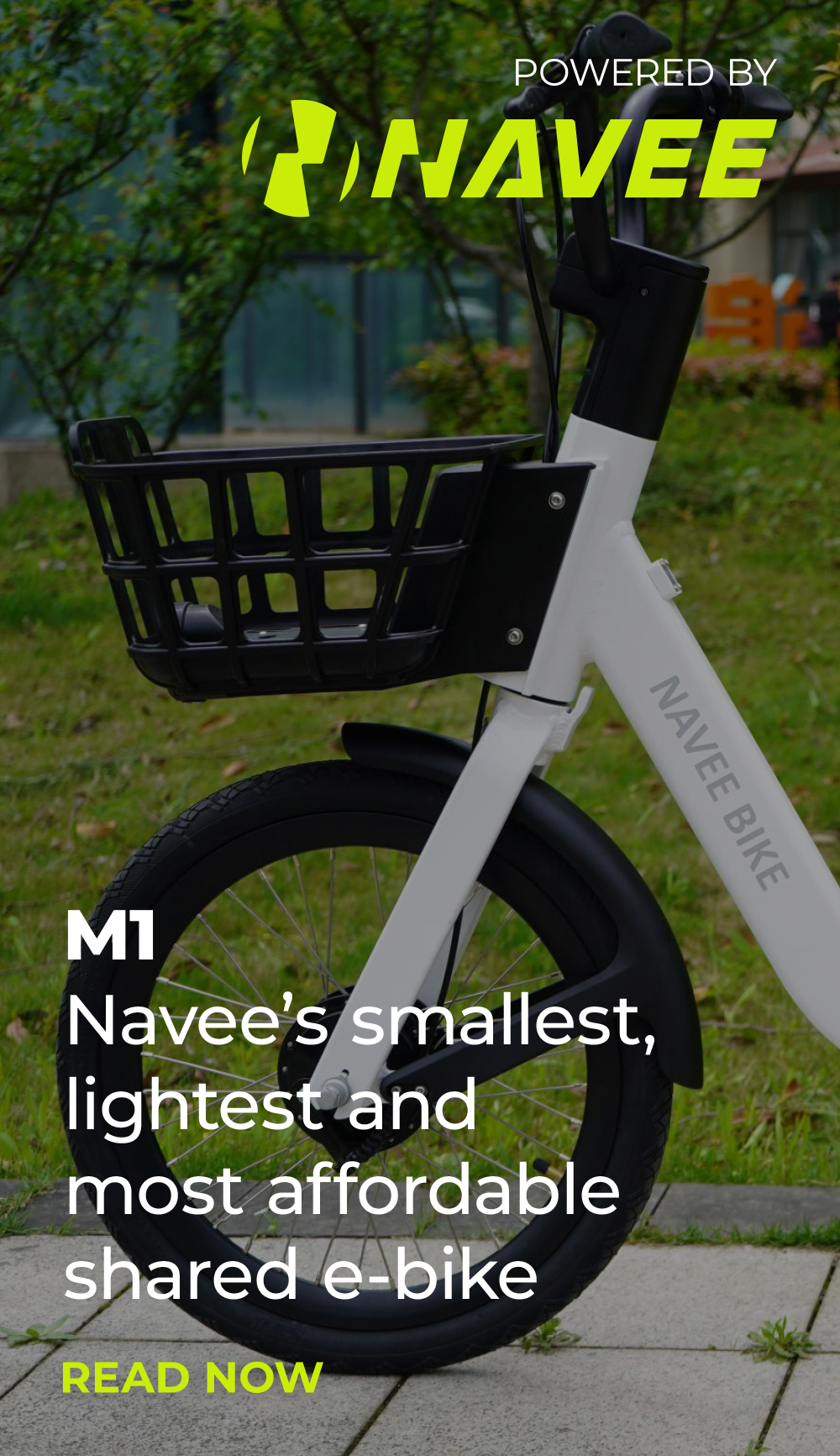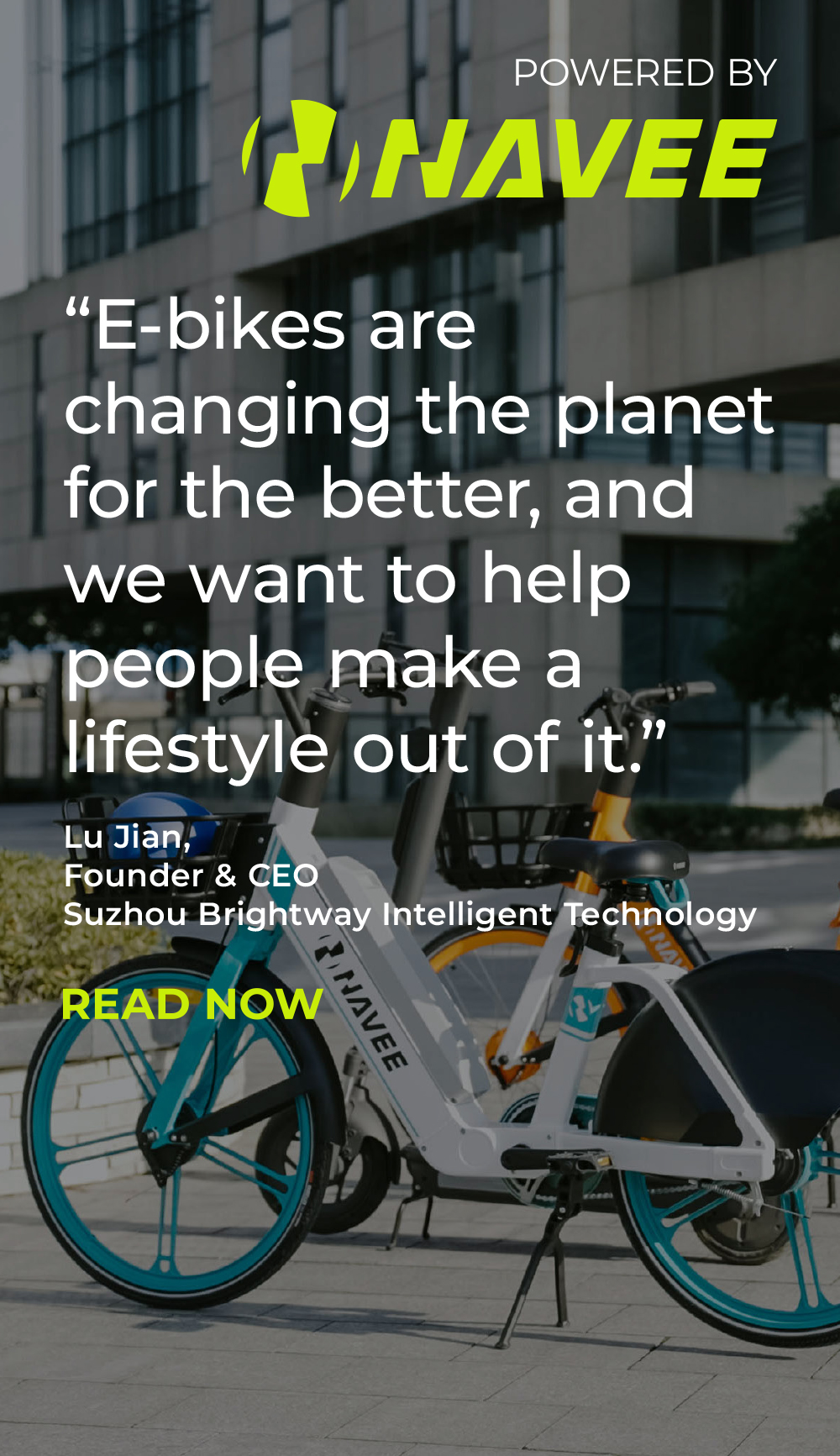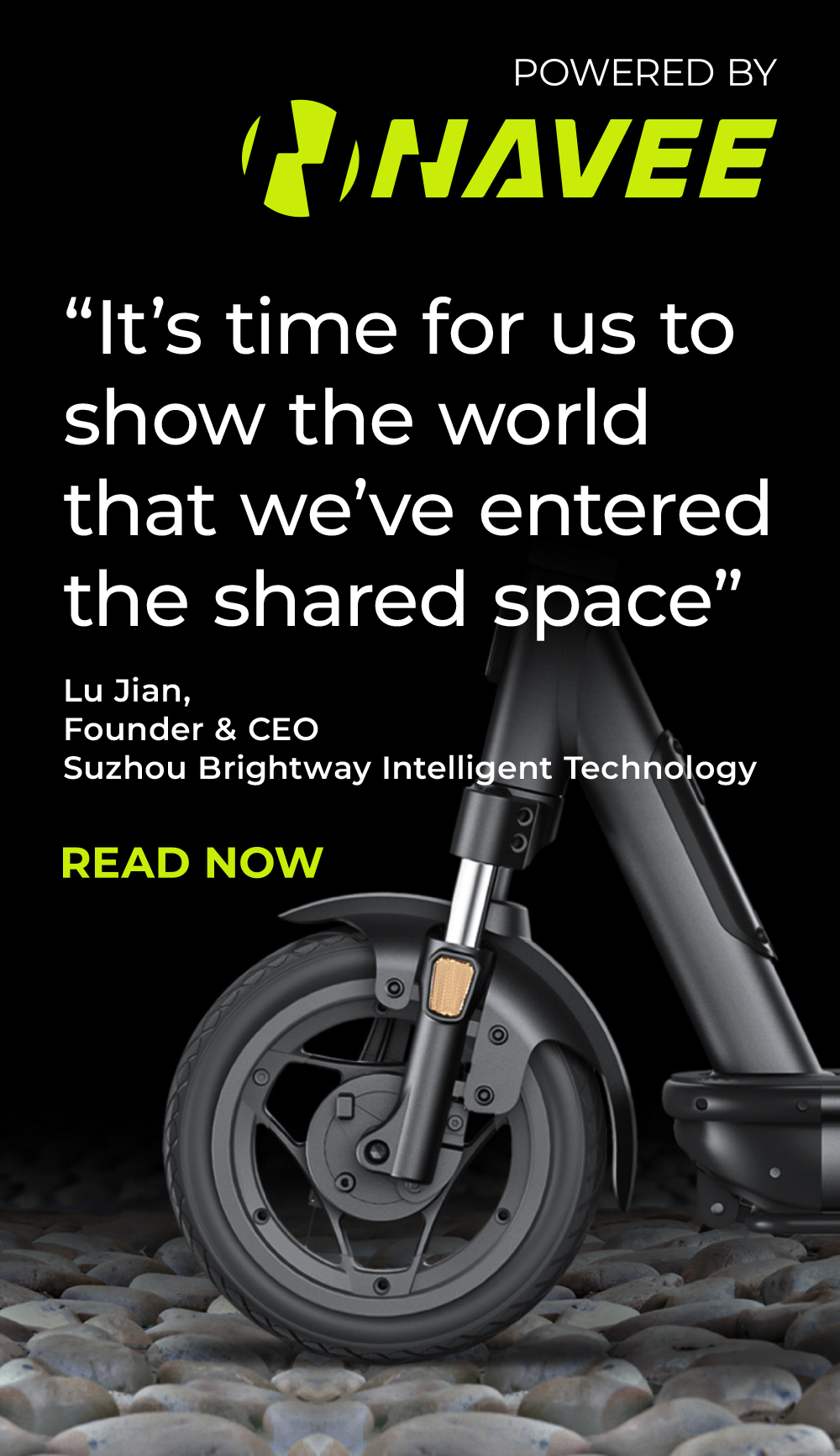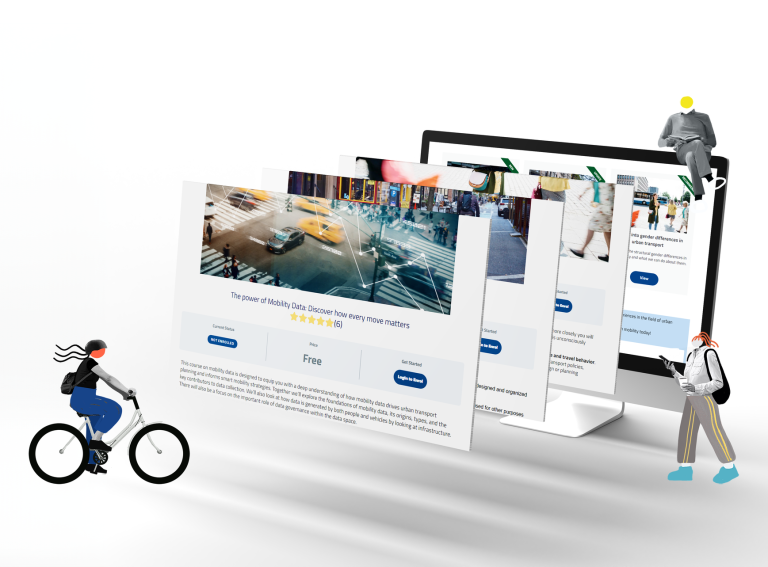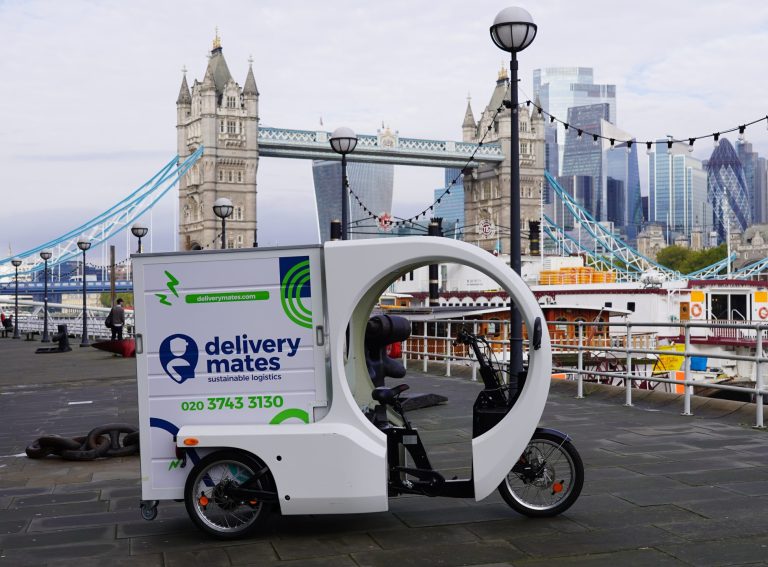Zag industry expert Vivian Myrtetus & Partner at Converge Transport examines the autonomous vehicle landscape in the US to see when this tech will become mainstream.
There is no denying that fully self-driving autonomous vehicles are on the horizon and will be commonplace sooner rather than later. But what will it take to bring this innovative technology from concept to mainstream?
Autonomous vehicles can change the landscape by reducing accidents caused by human error, improving traffic flow, and giving more access to people with disabilities or those who cannot drive.
Two American companies working hard to make fully self-driving cars a reality are General Motors-owned Cruise, and Waymo, backed by Google’s parent company Alphabet.
When combined, these two companies have now driven a total of eight million driverless miles, operating in U.S. cities like Phoenix and San Francisco.
Last month, Kyle Vogt, Co-founder and CEO of Cruise, tweeted, “Yesterday we crossed 4 million driverless miles! We’re now driving at a pace exceeding 1 million driverless miles per month.”
Advancements in autonomous vehicles
Advancements in Level 4 fully self-driving autonomous vehicles, such as supersensors and supercomputers, have accelerated the timeline, paving the way for the widespread adoption of self-driving cars.
Several onboard systems help analyse surroundings and spot dangers faster than humans can. Using cameras for a 360-degree view, radar for moving objects, and 3D lidar for mapping, Level 4 self-driving cars are making quick decisions for safety. These systems are AVs eyes, ears, and brains and are programmed to follow local laws, speed limits and regulations.
AI in autonomous vehicles uses deep learning technology to continuously improve its performance and make better decisions based on experience, resulting in safer and more efficient rides.
As technology advances, fully self-driving autonomous vehicles or robotaxis will be able to safely navigate complex environments and interact with other cars and pedestrians.

Self-driving cars get the green light
City and state regulators strive to balance innovation and progress benefits with their citizens’ safety and security concerns. Level 4 autonomous vehicles, which can operate in self-driving mode, are becoming mainstream as legislation and infrastructure improves.
Both Cruise and Waymo are testing Level 4 fully self-driving robotaxis in many U.S. cities, including Charlotte and Raleigh, N.C.; Austin, Dallas, and Houston, TX; Miami; Nashville; Atlanta; and Seattle.
While Cruise and Waymo have received the green light to operate fully self-driving AV programmes in San Francisco, Austin, and Phoenix, regulatory hurdles and safety concerns remain significant challenges to overcome.
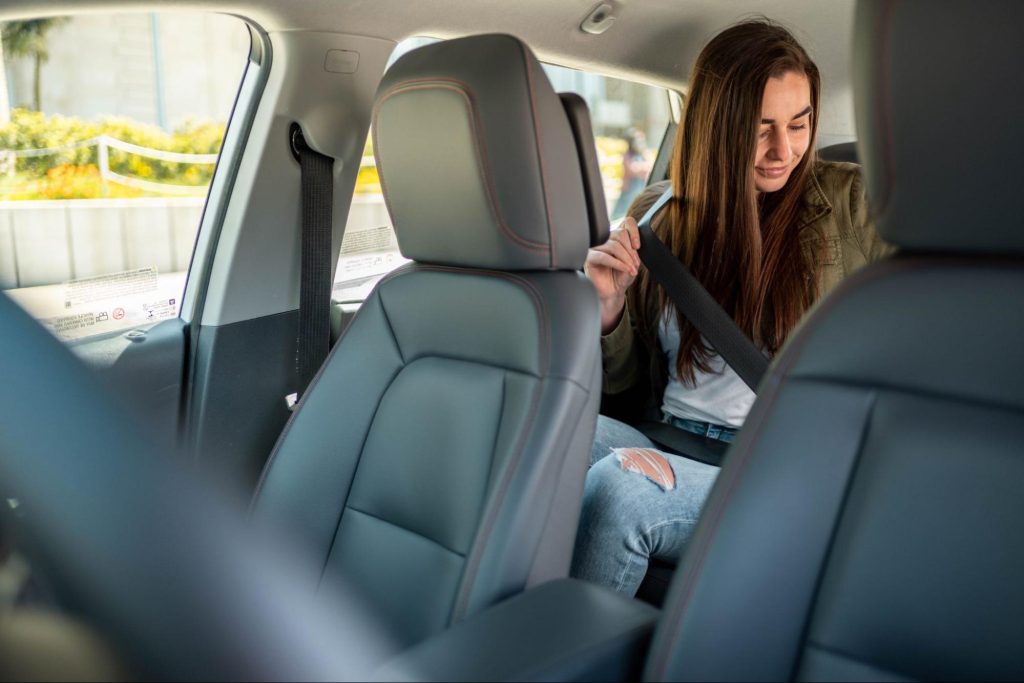
Cruise and Waymo argue that AV technology causes fewer crashes and can save lives. However, some officials must be convinced that driverless technology is ready for citywide adoption.
San Francisco Fire Department Chief Jeanine Nicholson has raised concerns about self-driving cars, or robotaxis, impacting the department’s ability to respond to emergencies.
At a recent regulatory meeting of the California Public Utilities Commission, Chief Nicholson said: “They are still not ready for prime time because of the way they have impacted our operations.”
Despite concerns, the California Public Utilities Commission voted to allow Cruise and Waymo to operate around-the-clock service in San Francisco, becoming the first major U.S. city with two fleets of driverless vehicles competing for passengers against ride-hailing and taxi services.
Another self-driving AV company, Amazon.com Inc’s Zoox, recently won approval from the Nevada Department of Motor Vehicles to test drive its robotaxis on public roads in the state.
Are robotaxi’s safer than human drivers?
Promoting the safety of robotaxis and fully self-driving autonomous vehicles is critical for widespread adoption.
According to a report by the Manhattan Institute, in America’s five largest cities—New York, Los Angeles, Chicago, Houston, and Phoenix—more than 1,200 people were killed in motor vehicle collisions in 2022. Supporters of driverless AV technology say many of these deaths could potentially have been prevented through widespread AV deployment.
In recent safety reports, Cruise and Waymo claim Level 4 AVs make roads and communities safer.

Waymo and Swiss Re, one of the world’s leading reinsurers, studied the robotaxi company’s 3.8 million driverless miles driven to answer the question of whether an autonomous driver is safer than human drivers.
The findings show that Waymo’s autonomous driving technology significantly reduced property damage claims by 76% and eliminated bodily injury claims, in contrast to the Swiss Re human driver baseline of 1.11 claims per million miles.
Impacts of self-driving cars on society
Access to mobility is the key to economic opportunity, education, health care, and a better quality of life. Undoubtedly, self-driving cars will shake up transportation in various ways, affecting how we get around and where we live.
Despite some setbacks and challenges, the mobility community is still bullish on driverless AVs and the potential to transform transportation, consumer behaviour and society.
Carlos Cruz-Casas, Chief Innovation Officer for Miami-Dade County in Florida, believes AVs can improve the quality of life for its citizens. “Everyone in our community experiences the city in a different way and has different needs. AVs are one component of the transportation ecosystem that can greatly benefit the disabled and elderly communities.”
AVs have gained the endorsement of organisations supporting elderly and disabled communities because they help individuals engage in more out-of-home activities.
Sharon Giovinazzo, LightHouse for the Blind and Visually Impaired CEO, believes that the long-term benefits of autonomous driving outweigh the negatives. In an open letter to the California Public Utilities Commission, she argues that robotaxis have the potential to transform lives and provide opportunities for those who have been excluded.

This month, Cruise unveiled plans to begin testing a wheelchair-accessible robotaxi, with plans to launch in 2024. The company’s Origin model has been modified to include a retractable ramp and added space inside as well as floor clamps for wheelchair users. The company says it is trying to make things more accessible and empower people to use its services independently.
Another community that could benefit from driverless AVs is low-income households struggling to find affordable and dependable transportation options.
The widespread adoption of robotaxis can make a significant impact, according to Professor Ellen Dunham-Jones, the Director of Georgia Tech’s Urban Design Programme and co-author of “Retrofitting Suburbia.” In a study conducted by SAFE, Dunham-Jones points out, “Autonomous transportation–whether door-to-door robotaxis or first-last mile AV shuttles–relieves the need for households to own a car to access jobs and other opportunities.”
The future of AVs
Significant advancements have been made, and fully self-driving autonomous vehicles will one day be an indispensable part of modern transport systems. Self-driving will be as commonplace as cruise control. Still, like many new and disruptive technologies, there are regulatory and public perception hurdles to overcome, which will take some time.

